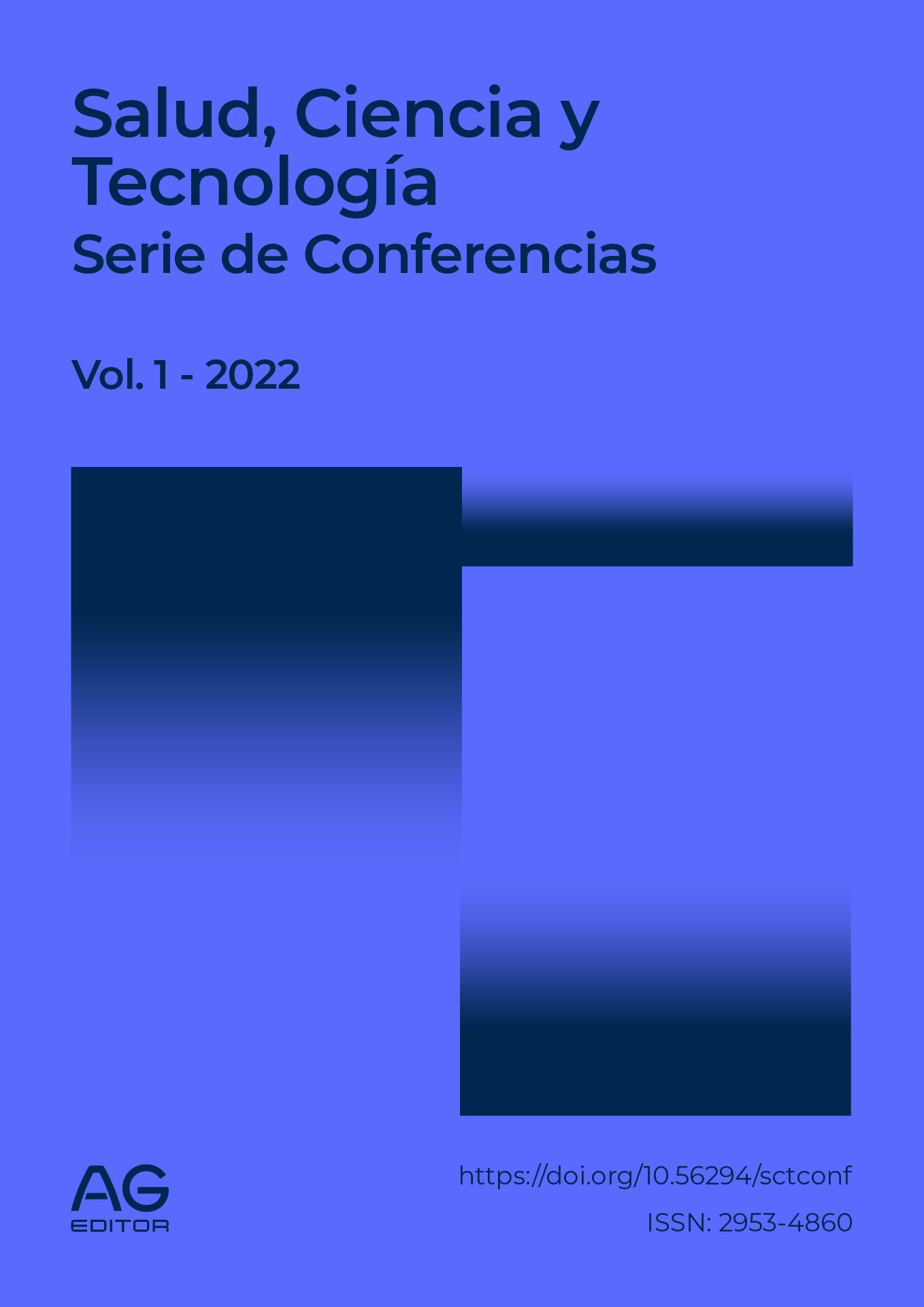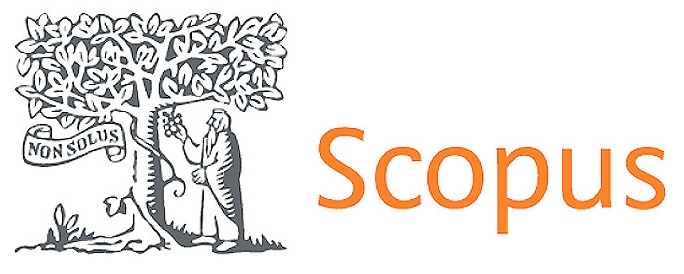Characterization of some risk factors for suicide attempts in adolescents. La Palma, 2022
DOI:
https://doi.org/10.56294/sctconf2022229Keywords:
Risk Factors, Suicide Attempt, Mental HealthAbstract
Introduction: suicide attempts have increased considerably in adolescents and young people in recent decades, as reflected by studies in various countries.
Objective: to characterize the risk factors that were present in adolescents who made a suicide attempt, in the period from January 2020 to November 2022, belonging to the Pedro Borrás Astorga Polyclinic in the municipality of La Palma.
Methods: a descriptive, cross-sectional study was carried out in adolescents who attempted suicide, belonging to the Pedro Borrás La Palma Polyclinic, in the period from January 2020 to November 2022.in order to obtain the data, a visit was made to the Hygiene and Epidemiology and Statistics departments of said polyclinic, in addition, the family medical offices to which these adolescents belong were visited and their individual and family health histories were reviewed, with prior informed consent.
Results: a predominance of the female sex was found, and the age group was 15 to 19 years. Most of these adolescents are studying and have a pre-university level of schooling, with a predominance of belonging to dysfunctional families. The main risk factors found were the breakup of love relationships, family conflicts and hereditary family antecedents, with the ingestion of psychotropic drugs being the most frequent method used.
Conclusions: the characterization of some of the risk factors present in the adolescents with suicide attempts studied is of vital importance in order to be able to intervene in the reduction of suicidal risk and thus prevent the suicide attempt from being consummated.
Downloads
Published
Issue
Section
License
Copyright (c) 2022 Anaisa Crespo Morales, Reina Rosa Marín Hernández, Roberkis Rodríguez Avila, Roberkis Rodríguez Avila, Erlis Peñalver Martínez (Author)

This work is licensed under a Creative Commons Attribution 4.0 International License.
The article is distributed under the Creative Commons Attribution 4.0 License. Unless otherwise stated, associated published material is distributed under the same licence.



